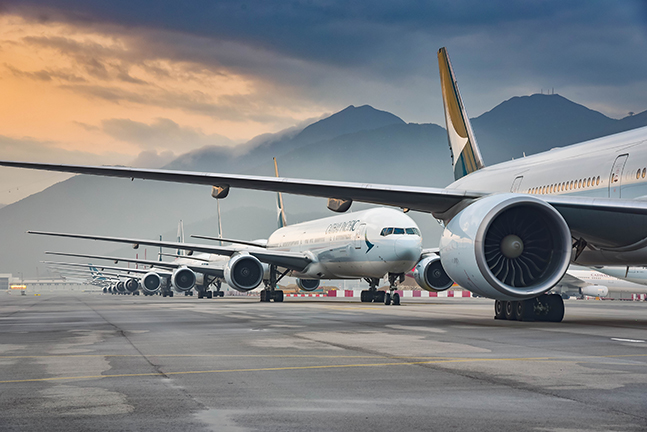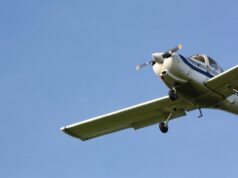Consider options that fit your goals

Pilots who hope to fly for major airlines must eventually earn their commercial multiengine rating. Exact details for what different airlines require may vary, but let’s assume you must have 25 hours of multiengine time before starting training to be able to reach the minimum 50 hours for your ATP license by the end of the ATP/CTP.
There are a few options for how to pursue a multiengine license. One common tactic is to train for multiengine as close as possible to stepping up to an airline job. Many people prefer this option because it provides time to earn enough money flying jobs in single-engine airplanes to actually pay for the training and for the minimum number of required hours. This is a straightforward approach. Aside from being able to pay for the rating more easily, one benefit is that essential multiengine concepts are fresh in a pilot’s mind as they transition directly to flying multiengine airplanes. Minimal time between intense multiengine flying with airline flying close on the horizon offers pilots both currency and optimal proficiency for flying multiengine planes consistently.
Another option is to earn a multiengine license while completing other training. Let’s say you earn your commercial multiengine certificate immediately after commercial single engine. One benefit of this is that it allows more options for multiengine employment. Though the multiengine training may or may not be fresh on the pilot’s mind, having actual experience flying multiengine planes adds a layer of experience that offers more practical multiengine operational knowledge that transcends sterile training environments. This provides the opportunity to develop more thorough experience and will help pilots learn how to manage issues in a more holistic sense.
However, the issue of paying for the multiengine rating often arises. Pilots might need a position lined up already to make paying for a new rating worthwhile. One possibility might be to continue training toward a multiengine instructor license. This allows a pilot to earn as much multiengine experience as possible and gain additional PIC multiengine time, but it does keep pilots in a familiar environment. Pilots will stay proficient on the precise multiengine principles that are taught, but they may not have as many opportunities to gain the practical experience that flying multiengine planes in a less sterile environment may provide.
Meanwhile, operating multiengine aircraft in other situations, such as flying point-to-point or for skydiving operations, will help a pilot more practically learn complex energy management and operational principles in new situations that simply teaching them may not offer. If one of these opportunities presents itself, it may be a good way to expand your understanding of multiengine flying. Plus, earning a multiengine rating affords the opportunity to build time with Part 135 carriers that fly multiengine aircraft like private jets.
There are a number of ways to consider how to get a multiengine rating, and there is no straightforward recommendation about the best time nor the best way to earn this license. Ultimately, pursue the best option that makes the most sense for your timeline, your finances, and your long-term goals.




















































